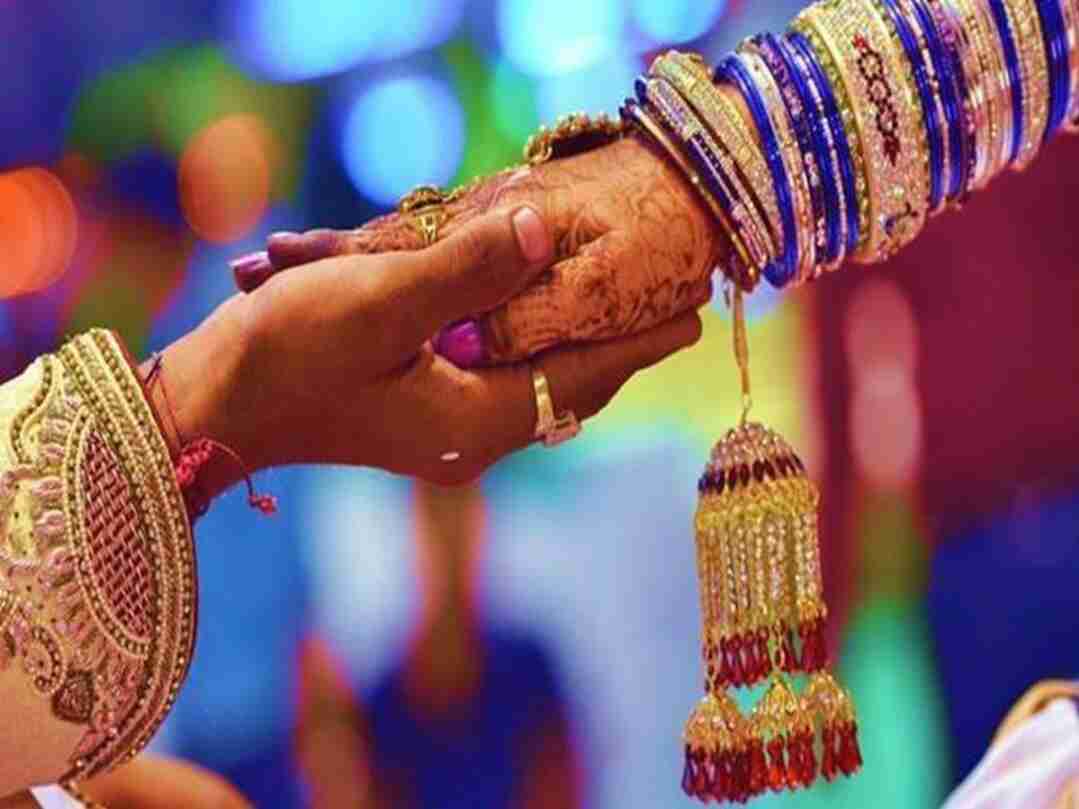Marriage of choice?

A Division Bench of Allahabad High Court, comprising Justices Manoj Kumar Gupta and Deepak Verma, granted protection to an interfaith couple and observed that adults have the right to choose their matrimonial partner no matter what their religion is. The judgement can be read as both reassuring and threatening. The dark side of the development is that the court had to intervene to ensure 'protection' of an eligible couple. This indicates the dismal state of inter-faith marriages in the country. Apart from the individual rights of the marrying couples, it is the institution of marriage — one of the most basic components of society — that apparently seems to be in the want of protection. The question of marriage has traditionally been a socially monitored and a family pride issue, but today, it seems, the state is also more than interested in the issue. The critical question is that, rather than improving, how things have gone for worse in the progressive 21st-century India. The Allahabad High Court's assurance of 'protection' appears more frightening in wake of freshly imposed legislations against inter-faith marriages under the garb of preventing incidences of 'love jihad'. The term 'love jihad' is highly paradoxical in itself as it couples one of the purest factors behind social functioning with a 'perceived' sentiment of hatred and contempt. The prevalence of such a term is a blot on society — the sooner they are wiped out the better it is. This is not the first time that Allahabad High Court has given such a judgement. In fact, this year itself, in June, the court ruled that woman's conversion to Islam is irrelevant to the principle of ensuring the protection of inter-faith couples. Also, back in January this year, Allahabad High Court observed that nobody can interfere with adults residing together peacefully. Last month, the Gujarat High court went on to observe that the state's anti-conversion law prima facie interferes with marriage and right to choice, life and liberty. Some of these judgements come from the states where legislative and executive wings are pushing the enforcement of anti-conversion and other laws influencing inter-faith marriages. The negative narrative around inter-faith marriages is further widening the communal gulf among the Hindus and Muslims in India. There is no denying the fact that differences and conflicts have existed ever since among different faiths and castes in India. As per the Pew Research survey, 2021, some 80 per cent of Muslims in India are of the view that persons from their community should be prevented from marrying a person of other faith, the same view was reiterated by 65 per cent of Hindus. The figures were drawn after interviewing 30,000 people across 26 states and three union territories in India. As a part of clarification, the figures are specific to the issue of inter-faith marriages and don't reflect the communal harmony/disharmony between the two communities. This prevailing sentiment is vulnerable to exploitation by negative elements. It depends a great deal on the ideology and approach of the state whether the differences/harmony is extrapolated or converged. In India, the situation is made worse through the involvement of radical groups. The governments are entrusted with the responsibility to deal with false propagandists in a strict manner. For the couples who are forced to secretly leave their families, their society and the city, the basic act of marriage becomes a fight for the right to choice, life and liberty — fight against their families, their society and the 'country'! This is largely the undocumented plight of the many young individuals who are forced to make tough choices — family or love, marital space or compliance with imposed legislations, liberty or meeting societies expectations. Various judicial units are trying to ensure that a balance is maintained. Their wordings however lack a certain degree of finality, perhaps in respect to the division of power principle. While the judiciary maintains the mandated constraint, it is incumbent upon the legislative and the executive to take the issue seriously.



